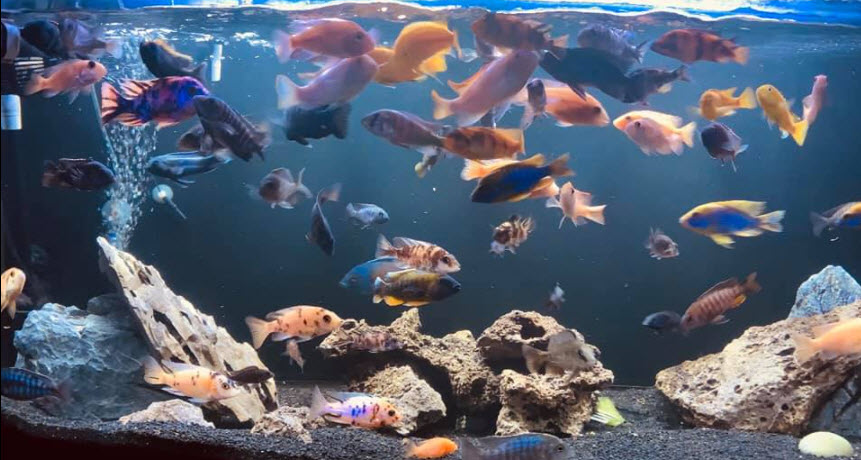
Summary
If you are taking the temperature of the aquarium up ten degrees F (5.60 C.) most setups will cost you roughly $1.50 per month for every ten gallons (38 liters), priced as of 2018. That is for filter, lights, and heater.
This figure came from a commentator on this website who put a wattage monitor on several of his aquariums. He put the meter on several of his aquariums and this was the average.
Obviously that is a rough approximation for the entire USA. If you live in California multiply the cost by 1.5. If you are in New England double the cost. For Europe triple it. Note that bubble aeration can cool a tank significantly and take your costs up. If one does aeration with surface agitation the cost will come down.
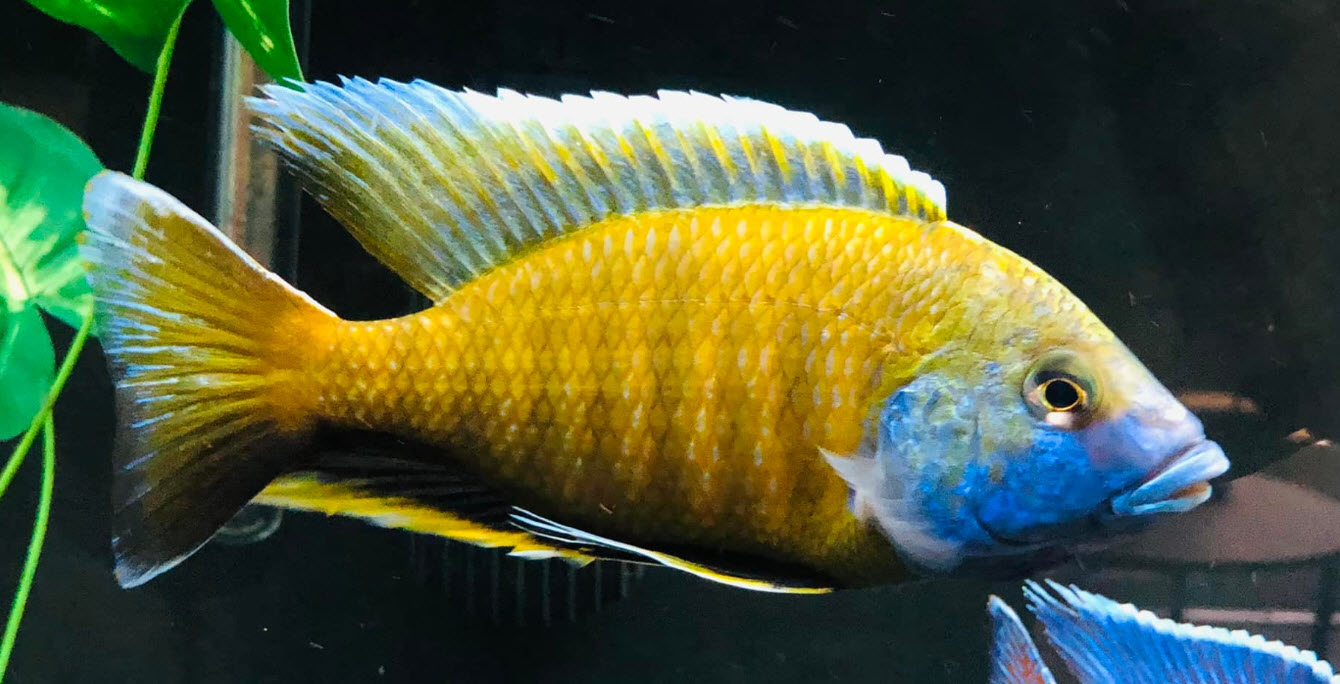
It helps to put insulation on the backs of the tank. Also, most fish do just fine at 700 to 750 F. (210 to 240 C). High temperatures are only needed for breeding some fish. The fish live longer at the lower temperature. Cory of aquarium Co-op has an unheated tropical tank in his house which has done just fine for years with occasional excursions down to 650 F. (18.30 C).
The electric costs will be somewhat dependent on the difference between the water temperature and the room temperature. Taking the temperature of the aquarium up ten degrees F (5.60 C.) most setups will cost you roughly $1.50 per month for every ten gallons (38 liters). Taking the temperature of the aquarium up zero degrees, most setups will cost you very roughly $0.30 per month for every ten gallons (38 liters).
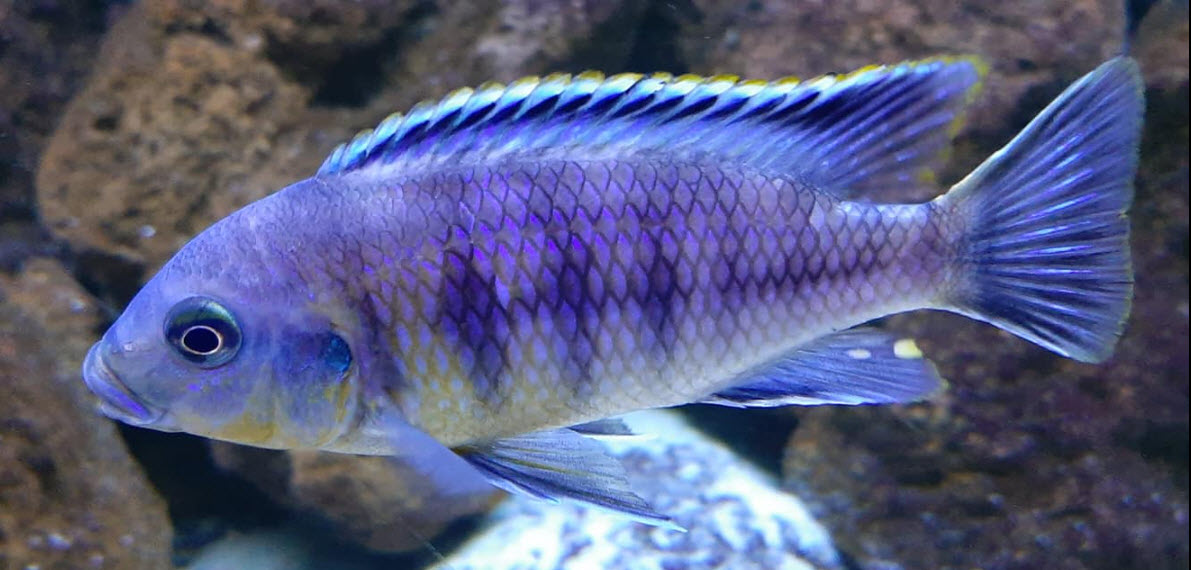
Electric Heater Cost
It must be emphasized that this is a very rough analysis. There are a huge number of variables which can affect this. So any exact analysis needs to be done by simply buying a meter and putting it on the outlet to the aquarium(s). And even a meter can have some subtleties having to do with how the home is heated and air conditioned.
VERY ROUGHLY a 1.5-watt heater will raise a gallon (3.8 liters) of aquarium water ten degrees Fahrenheit (5.60 C.) and hold it at that temperature. There are 24 X 30 or 720 hours in a typical month. That is 1,080 (720 x 1.5) watt hours per gallon, or 10,800-watt hours or 10.8 kilowatt-hours per ten gallons (38 liters). The average residential electricity rate in the U.S. is $0.1385 (13.85 cents) per kilowatt-hour (kWh). The cost to raise ten gallons(38 liters) of water ten degrees Fahrenheit in the USA is thus an average of $1.50 ($0.1385 x 10.8 = $1.50 ).
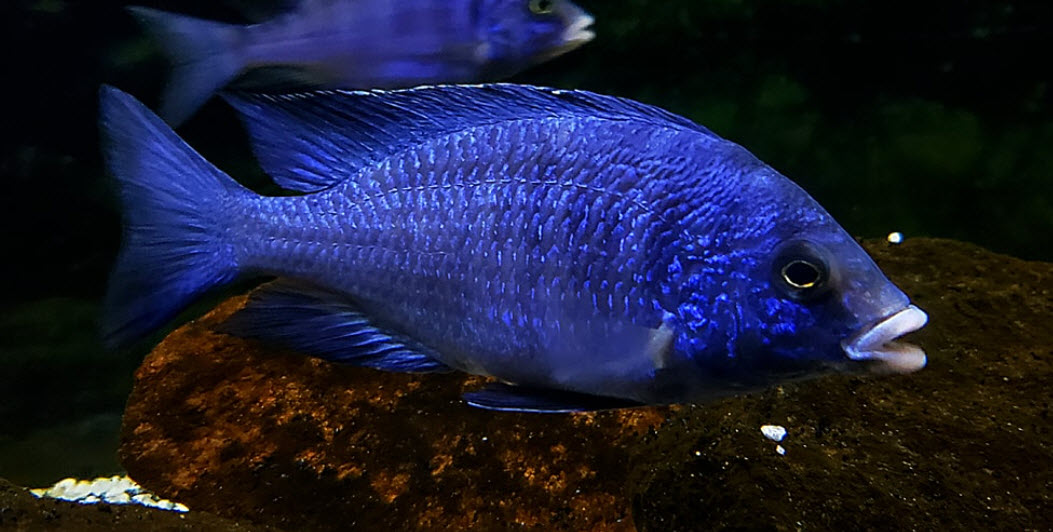
Note that equipment which is in the aquarium water flow, such as powerheads, wavemakers and submerged pumps will typically NOT affect the power requirements and cost. All the wattage they use will end up in the aquarium and simply be subtracted from what the heaters need to put out heat wise.
But other equipment might only put a fraction of their wattage into the water, so some fraction of their wattage needs to be added into the cost to come up with a good figure. A fifty-watt canister (i.e. a big canister) with the pump motor is on the outside of the canister will use roughly thirty watts of power 24/7 and add $3.24 per month (720 X 30/1,000 X $0.15) to an electric bill.
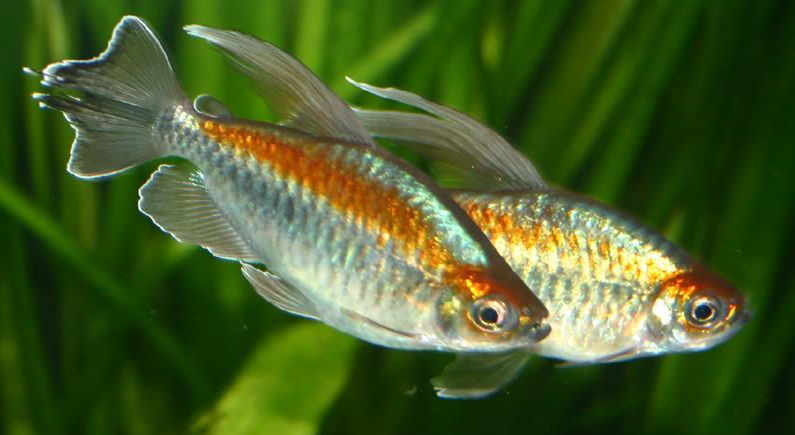
Saving Money with Aquarium Electric Usage
The most common situation in the hobby is probably when several aquariums (say three fifty-gallon tanks) are in a home heated to say 680 F (200 C). in the winter where the hobbyist wants to hold say 780 F. (25.60 C) in their aquarium water. This would normally very roughly cost $22.50 (150/10 x $1.50) in electricity per month. Note that there is a problem with this that has to do with the amount of heat the aquariums put into a home during the winter months. This heat from the aquarium reduces the over-all heating bill for the home. More on that a few paragraphs down.
But there are some things the hobbyist can do to reduce their electric costs:
- The easiest is to simply reduce the temperature to 720 (220 C). MYTHBUSTER: 99% of all tropical fish do just fine at this temperature. This will drop the $1.50 cost to $0.50 per ten gallons per month, or $7.50 versus $22.50.
- Insulate the aquarium on two, three or four sides (bottom, back and two side) with foam.
- Remove air pumps and air stones and use powerheads and bladed circulation pumps to do the aeration and filtration. Air pumped into the aquarium will evaporate the water. Evaporating water will cool the tank, especially with the dry air of winter.
- Add a tight-fitting lid to the aquarium.
- Acrylic tanks are slightly less expensive than glass tanks as far as electricity.
- Larger tanks have a lower per gallon cost than small tanks. While a fifty-gallon might run $1.50 per ten gallons per month, a 100-gallon tank might only cost $1.20 per ten gallons per month. A 25 gallon might well run $1.80 per ten gallons per month. This has to do with the surface area to volume ratio of an aquarium.
- Replace filters with air cooled pump motors (hang-on-back and canister filters) with submerged pump filters (powerhead operated sponge filters, powerhead operated under-gravel filters, submerged pump Mattencorner Filters or submerged pumped sumps) to reduce electrical costs
- Replacing fluorescent lighting with LED lighting will give a very small savings
.
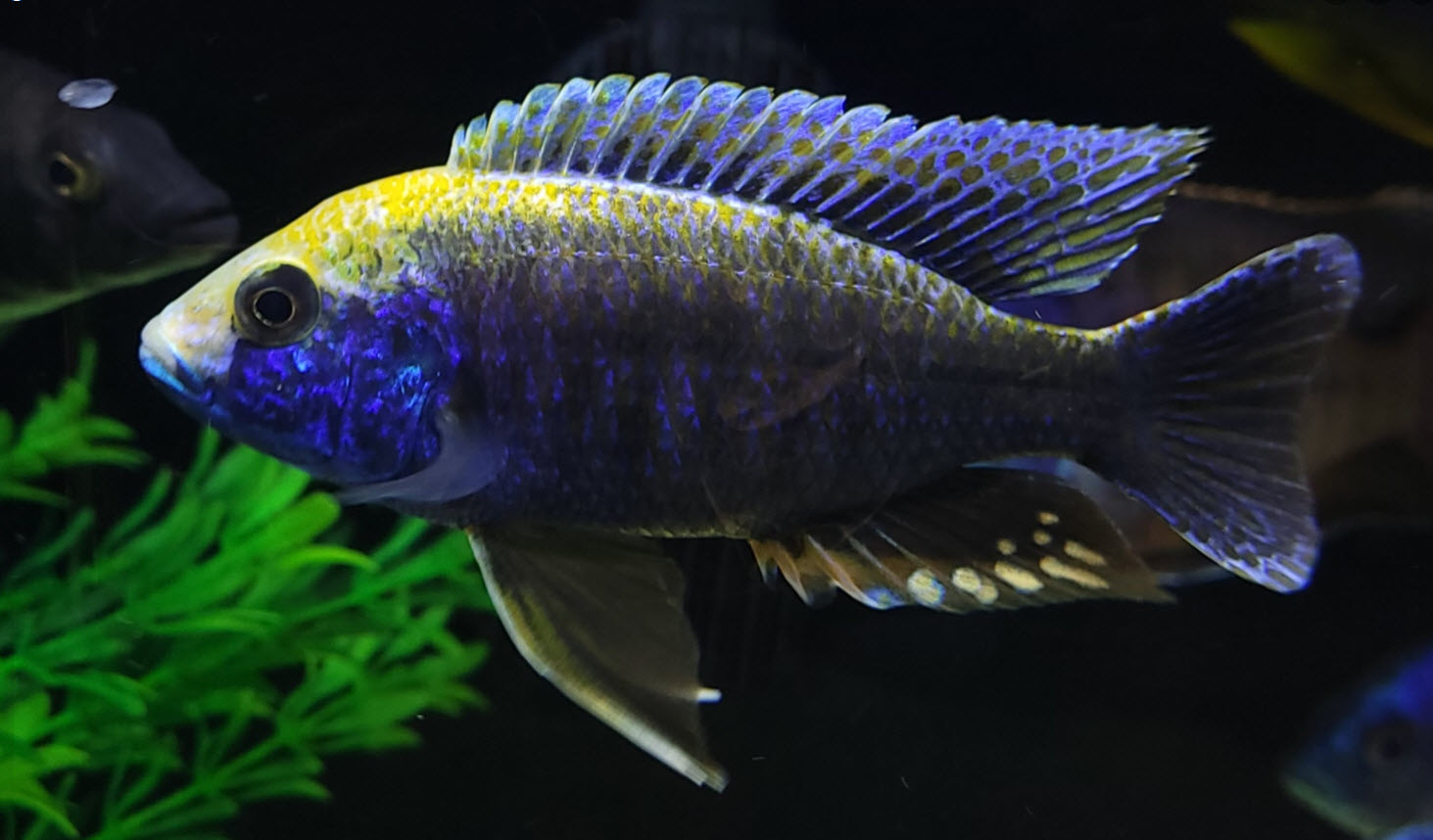
Air Stones, Air Pumps and Electric Usage.
This is one very misunderstood topic with good reason. It gets very complicated. Points to consider:
Yes, a small 5-watt air pump CAN run a sponge filter or an undergravel filter at a lower power usage than say a small 35-watt canister filter on say a forty-gallon breeder tank. BUT:
- The savings will be like a gross figure of $1.50 per month, in theory (15 watts saved, 15 x 720/1000 x $0.14 = $1.50).
- This savings could be substantially lower as air bubbles force air though a tank. If that is dry air the evaporation rate can be substantial. Evaporation cools down the water and pulls more wattage from the heaters. If one is using air conditioning in the home the air conditioning (or dehumidifiers) must then pull that moisture out of the air, which adds even more back into the electric cost. And dry winter air can evaporate huge amounts of water and pull a lot of electricity from the heaters.
And I simply do not like bubbles and air stone. I find the pumps noisy and the air bubbles noisy. So I use a lot of powerheads and bladed circulation pumps. And I do a lot of crazy plumbing in order to take the pumping and the noisy water pumps out into my garage, not my various fish rooms. But that is just me.
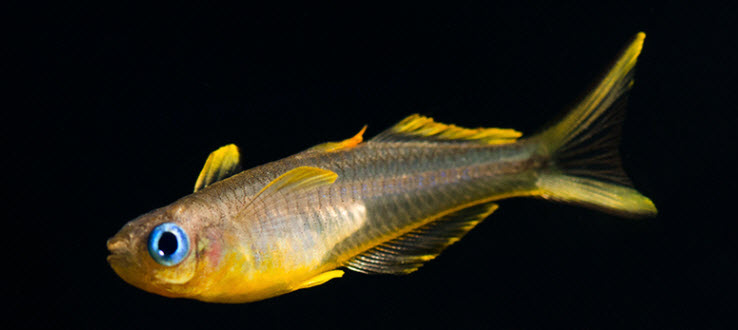
The “Aquarium Room”
This situation changes obviously if one has a huge setup with many tanks in an “aquarium room”. Some people have such a setup in their basement. They might have twenty tanks. Typically such setups simply heat the room to the desired temperature and leave it be. But even in such a simple setup there are some very big misconceptions:
Most of these “fish rooms” are heated by electric heaters. The electrical cost to heat such a heated room is thought to be much cheaper than to heat each aquarium individually. This IS NOT TRUE. While the equipment costs are much lower with the “whole room” approach, the electrical costs will be higher. Exactly how much higher is impossible to calculate with any degree of accuracy.
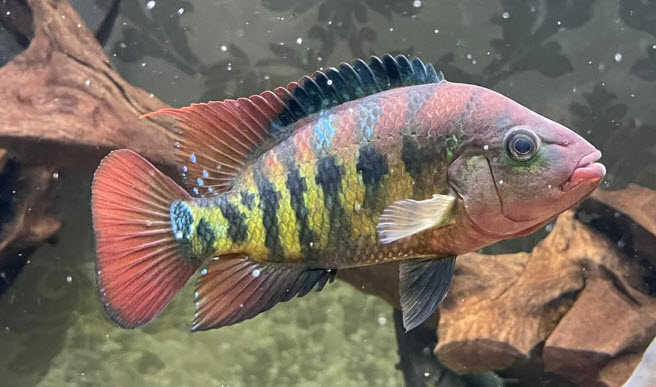
I know this is counter-intuitive. Think of it this way: with a space heater, you are heating the water in the tanks and heating the floor, wall, and ceiling of the room. With aquarium heaters, if the room temperature is lower, you are NOT heating the floor, wall and ceiling. Compare 1500 watts into the room with 1500 watts into only the tanks with the heaters being “ON” 24/7 and the tanks all being at 75 degrees (24 C), then the energy considerations say that the room temperature should be identical at 75 for both cases.
The same wattage is going ultimately into the room in both cases. In one case it is directly into the rooms. In the other case, if the room is VERY well insulated, it would be from the aquarium heaters, into the aquariums then into the room. If the room temperature is only say 65 (18 C)with only the aquarium heaters (the most probable result), then the aquarium heaters MUST be using less wattage than a room heater would use.
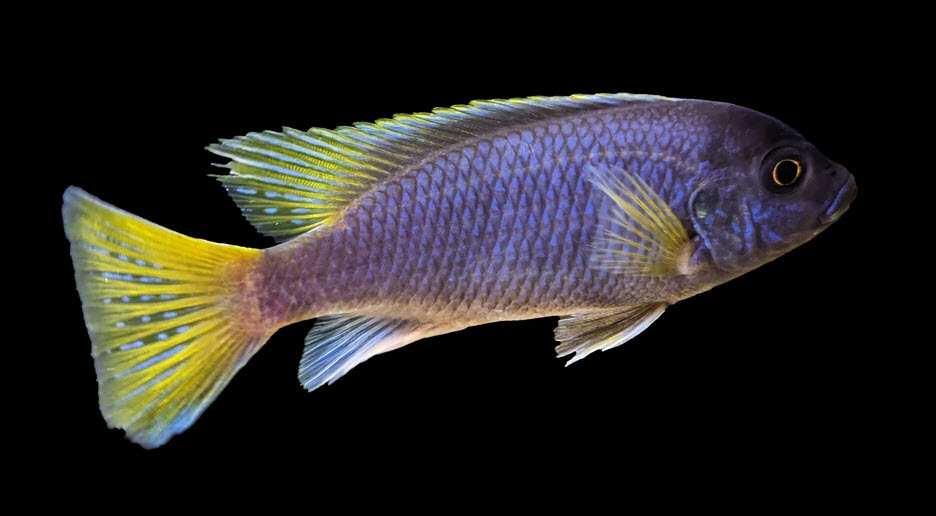
Key Question: How is the Home Heated?
This is a point often overlooked. Some homes are heated by electric resistance heating. In these homes the cost to heat one’s aquariums “comes out in the wash” when the weather is cold out. In electrically heated homes when the weather is cold out every kilowatt hour put into the aquariums goes into the home. This reduces the home electric bill by exactly the amount of the aquarium electric bill. This means no NET electric cost increase for aquariums in colder months.
But in the summer months, with air conditioning, everything gets reversed. The heat put into the rooms by the aquarium heaters has to be removed by the air conditioning. The hobbyist must multiply the $1.50 per ten-gallon cost by three to get the true cost. So in air conditioned homes with aquarium heaters taking the temperature up 8 degrees, the cost goes to $4.50 per ten gallons per month. But then most folks run their home at 76 or even 78 degrees in the summer, in which case the cost will drop to very roughly $0.50 per ten gallons.
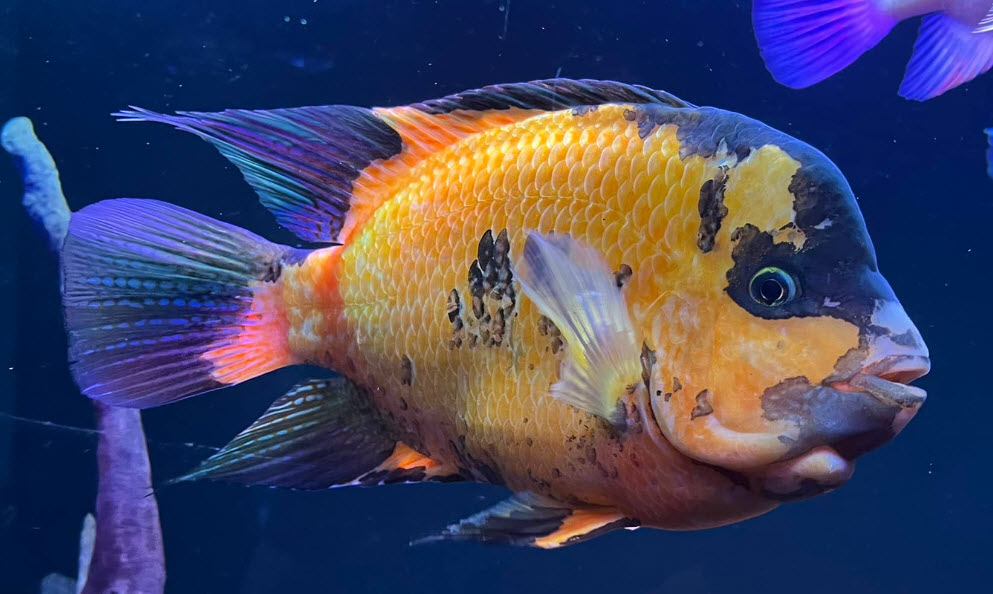
In homes with oil or gas heat the cost of heat is lower so the true cost goes to very roughly $0.80 per ten gallons per month in colder months for the electrical resistance heaters in an aquarium. So say there are several aquariums (say three fifty-gallon tanks) in a home heated with oil or gas to say 680 F (200 C). in the winter where the hobbyist wants to hold say 780 F. (25.60 C) in their aquarium water. This would normally very roughly cost $12.00 (150/10 x $0.80) in electricity per month. This is NOT a lot of money!
In warmer months “up North” where the heat is turned off and the windows are open, the cost once again returns to the very roughly $1.50 per ten gallons per month. The same is true “Down South” in the Spring and Fall when the windows are open, everything reverts to the $1.50 per ten gallons per month.
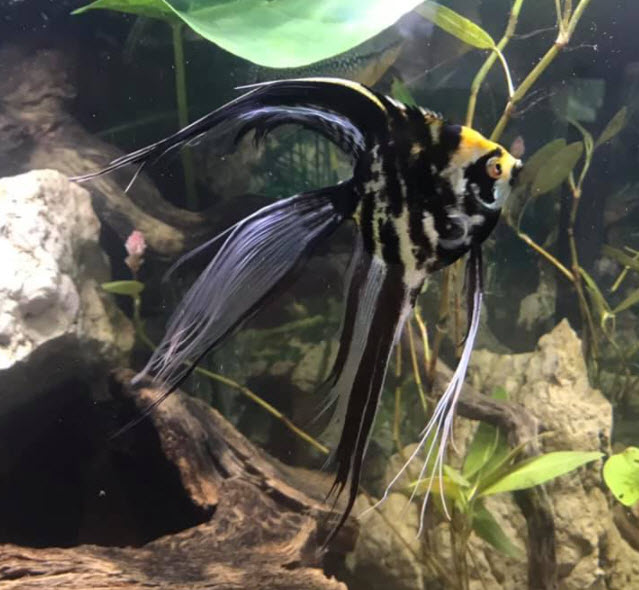
Where Does One Live?
And the obvious question here is what are your electric rates? People in New England pay double what the people in most of the USA pay. So double the costs in New England. In most of Europe triple the costs.
Myths
There are some myths about electrical costs. One of the biggest is that the size or make of the aquarium heater gives one better electrical costs. Basic physics says one kilowatt hour of electricity is 0.034 therms of heat (which will raise one hundred gallons of water 4 degrees F), regardless of heater wattage (or make), so high wattage heaters (or more expensive heaters) are not more energy efficient.
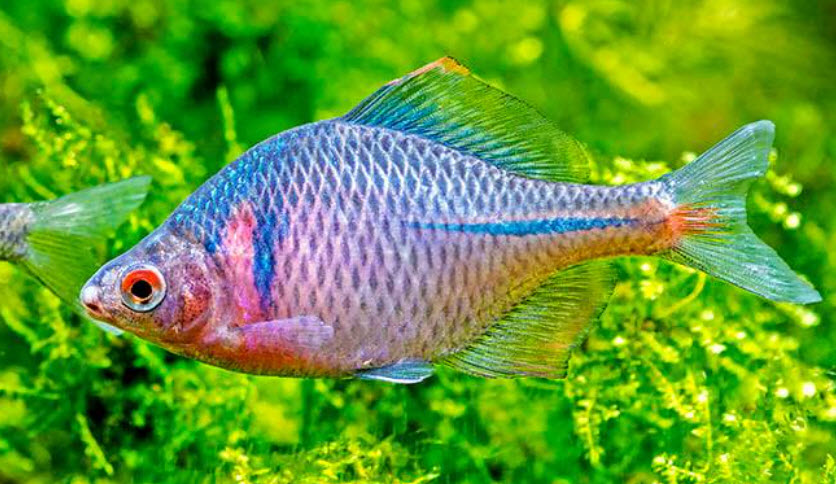
The Math (courtesy of “Oliver”)
From Wikipedia “Specific heat capacity”:
“…the heat required to raise the temperature of 1 kg of water by 1 K is 4184 joules, so the specific heat capacity of water is 4184 J⋅kg−1⋅K−1 … at 20 °C”.
The relationship between temperature degrees F and K is: T°K = (T°F − 32) × 5/9 + 273.15
So raising the temperature of water with 4 degrees F is equivalent of raising temperature with (4 x 5/9)=2.22 K (also equivalent to 2.22 degrees Celsius).
Now, raising ten gallons (38L, about 38kg) of water with 4 degrees F requires
4184 x 38 x 2.22 = 352962 joules.
Using Google Unit converter:
352962 joules = 0.098 kilowatt-hour = 98 watt-hour = 0.00335 therms.
So one kilowatt hour of electricity is 0.034 therms of heat (which will raise 100 gallons of water 4 degrees F).
.
Return to Equipment Menu
.
Aquarium Science Website
The chapters shown below or on the right side in maroon lead to close to 400 articles on all aspects of keeping a freshwater aquarium. These articles have NO links to profit making sites and are thus unbiased in their recommendations, unlike all the for-profit sites you will find with Google. Bookmark and browse!
.

Dave says
In reply to Helen …. To insure accuracy one must get your electric bill out and calculate the cost of electricity in your particular area. The article is five years old so the price is probably very low compared to today
Helen Sheckler says
Hi! I appreciate this article. I am reading it on a mobile version and I don’t see a mention of date anywhere. Prices have increased in the recent years and id like to ensure this information is still accurate.